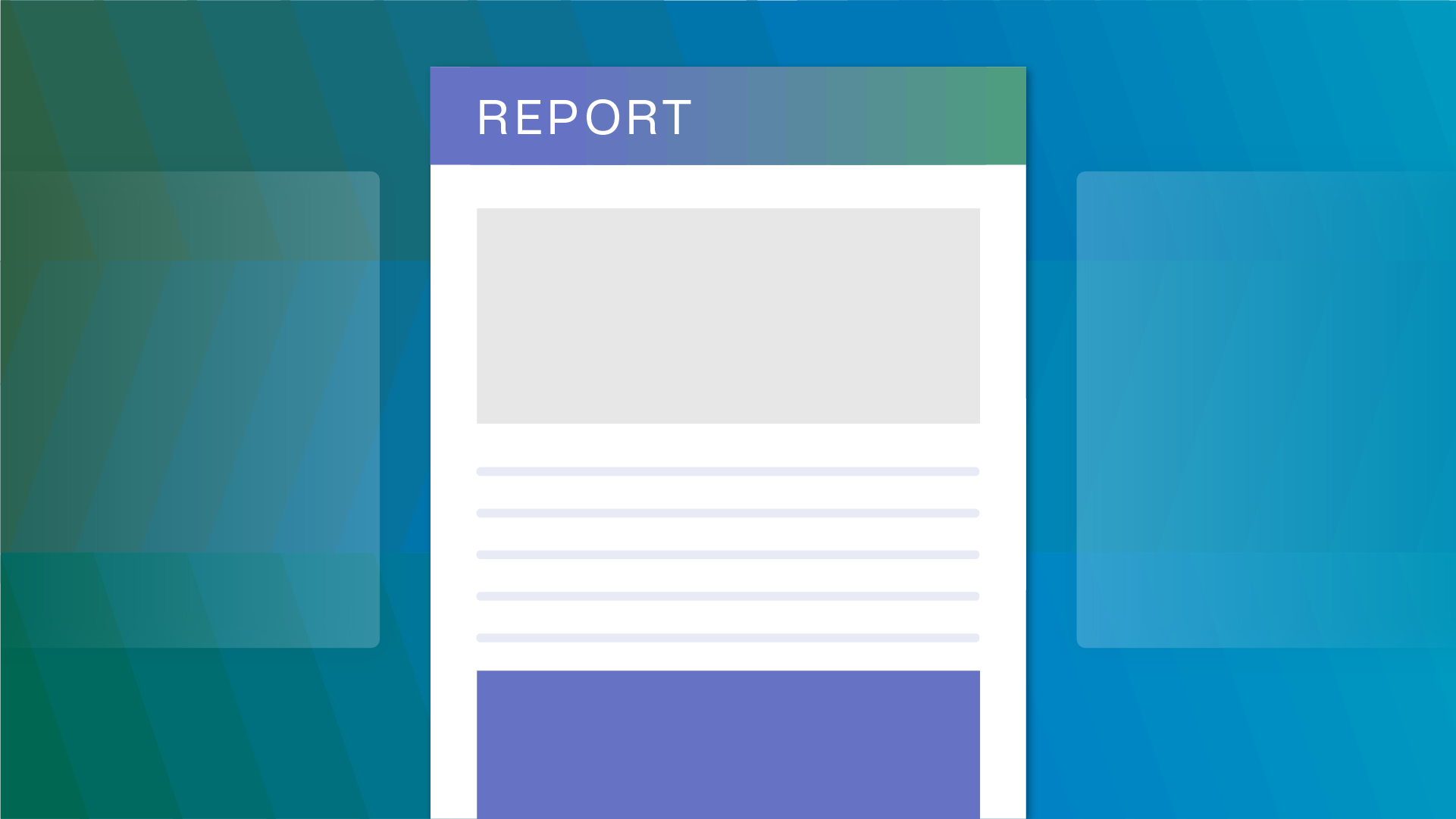Data lineage
Data lineage is the process of tracking the origin, movement, and transformation of data across systems to ensure transparency, accuracy, and compliance.
What is data lineage?
Data lineage provides a detailed view of how data flows through an organization—from its source and transformations to its final destination. It helps document how data is collected, processed, stored, and shared across databases, applications, and systems.
Maintaining data lineage is essential for understanding dependencies, supporting data governance programs, and ensuring regulatory compliance under laws like the GDPR and CCPA. By offering visibility into data movement and usage, lineage allows organizations to verify data accuracy, improve quality, and demonstrate accountability.
Why data lineage matters
Data lineage enhances trust, consistency, and transparency in enterprise data ecosystems. It enables organizations to trace how information is used and transformed, ensuring accuracy in reporting, analytics, and decision-making.
Regulatory frameworks such as the GDPR, DORA, and ISO 27001 require organizations to maintain traceability and auditability of data processing. Data lineage supports these requirements by showing complete data flow histories and ownership.
It also plays a key role in risk management by identifying potential bottlenecks, data duplication, or unauthorized access points across the data lifecycle.
How data lineage is used in practice
- Documenting the origin, flow, and transformation of data across systems
- Supporting compliance reporting and audits through visualized data mapping
- Tracking changes in data attributes for accuracy and consistency
- Enabling faster issue resolution in analytics and data quality management
- Integrating lineage data into governance and privacy programs
- Enhancing trust in AI and analytics through transparent data traceability
Related laws & standards
- General Data Protection Regulation (GDPR)
- California Consumer Privacy Act (CCPA)
- Digital Operational Resilience Act (DORA)
- ISO/IEC 27001 (Information Security Management)
- NIS2 Directive
How OneTrust helps with data lineage
OneTrust helps organizations automate data lineage mapping across systems and business processes. The platform provides visibility into data flows, dependencies, and transformations, supporting governance, privacy compliance, and audit readiness.
[Explore Solutions →]
FAQs about data lineage
Data lineage focuses on tracing data movement and transformation across systems, while data mapping shows relationships and data flows between entities for compliance and integration purposes.
Data governance, IT, and analytics teams collaborate to document and maintain lineage. Data stewards typically oversee accuracy, completeness, and alignment with compliance requirements.
Under the GDPR, organizations must maintain accurate records of processing activities. Data lineage provides traceability, helping demonstrate accountability and transparency in data processing.



